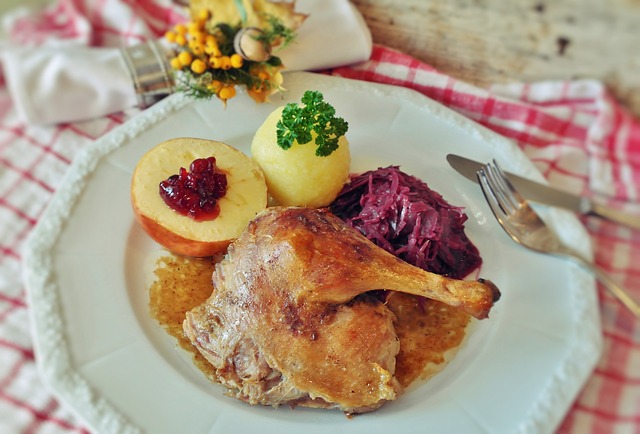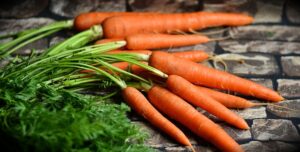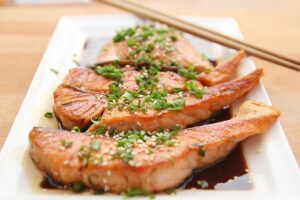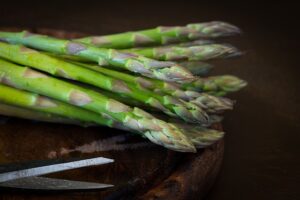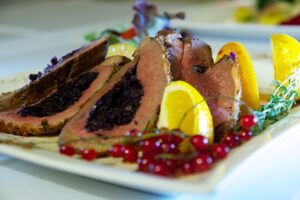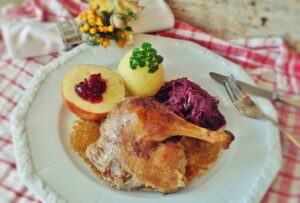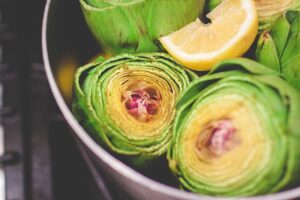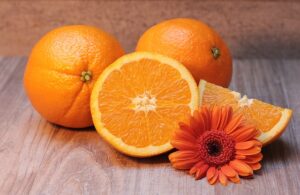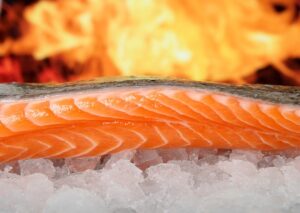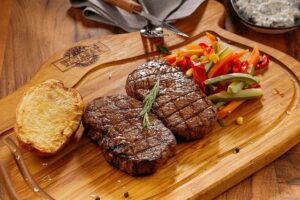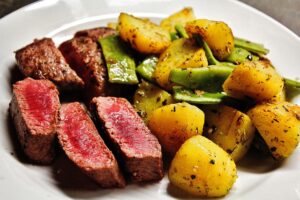Introduction
When it comes to maintaining a healthy diet, understanding the amount of protein our bodies need is essential. Protein is a vital macronutrient that plays a crucial role in building and repairing tissues, supporting immune function, and providing energy. But what does 50 grams of protein actually look like? In this article, we will explore different food sources and their protein content to give you a better understanding of what 50 grams of protein entails.
Protein Content in Food Sources
Meat and Poultry: Animal-based protein sources, such as chicken breast, lean beef, and turkey, are known for their high protein content. A 3.5-ounce (100-gram) serving of chicken breast contains approximately 31 grams of protein, while the same amount of lean beef provides around 26 grams. Therefore, consuming roughly 6 ounces of chicken breast or 7 ounces of lean beef would provide you with 50 grams of protein.
Fish and Seafood: Fish and seafood are excellent sources of protein, along with other essential nutrients like omega-3 fatty acids. For example, a 3.5-ounce (100-gram) serving of salmon contains around 22 grams of protein, meaning you would need to consume approximately 9 ounces of salmon to reach 50 grams of protein.
Dairy Products: Dairy products, such as Greek yogurt, cottage cheese, and milk, are rich in protein. One cup (240 ml) of Greek yogurt typically contains about 20 grams of protein, while the same amount of cottage cheese provides around 28 grams. To obtain 50 grams of protein from Greek yogurt, you would need to consume 2.5 cups, or approximately 1.8 cups of cottage cheese.
Legumes and Beans: Plant-based protein sources, like lentils, chickpeas, and black beans, are not only high in protein but also rich in fiber and other essential nutrients. A cup (240 ml) of cooked lentils contains approximately 18 grams of protein, while the same amount of cooked chickpeas provides around 15 grams. To reach 50 grams of protein from lentils, you would need to consume approximately 2.8 cups, or about 3.3 cups of cooked chickpeas.
Nuts and Seeds: Nuts and seeds are not only delicious but also offer a good amount of protein. For instance, a quarter cup (28 grams) of almonds contains approximately 6 grams of protein, while the same amount of chia seeds provides around 5 grams. To obtain 50 grams of protein from almonds, you would need to consume roughly 1.2 cups, or about 1.5 cups of chia seeds.
Combining Protein Sources
It’s important to note that you don’t have to rely solely on one food source to meet your protein needs. Combining different protein sources can provide a variety of essential amino acids and enhance the overall nutritional value of your meals. For example, a meal consisting of 3 ounces of chicken breast (21 grams of protein), 1 cup of cooked lentils (18 grams), and a quarter cup of almonds (6 grams) would provide you with approximately 45 grams of protein.
Conclusion
In conclusion, 50 grams of protein can be obtained from various food sources. Animal-based protein sources like meat and poultry, fish and seafood, as well as plant-based sources such as legumes, nuts, and seeds, all contribute to reaching this protein goal. By incorporating a combination of these foods into your diet, you can ensure you meet your daily protein requirements while enjoying a diverse range of nutrients.
References
– healthline.com
– mayoclinic.org
– eatright.org

